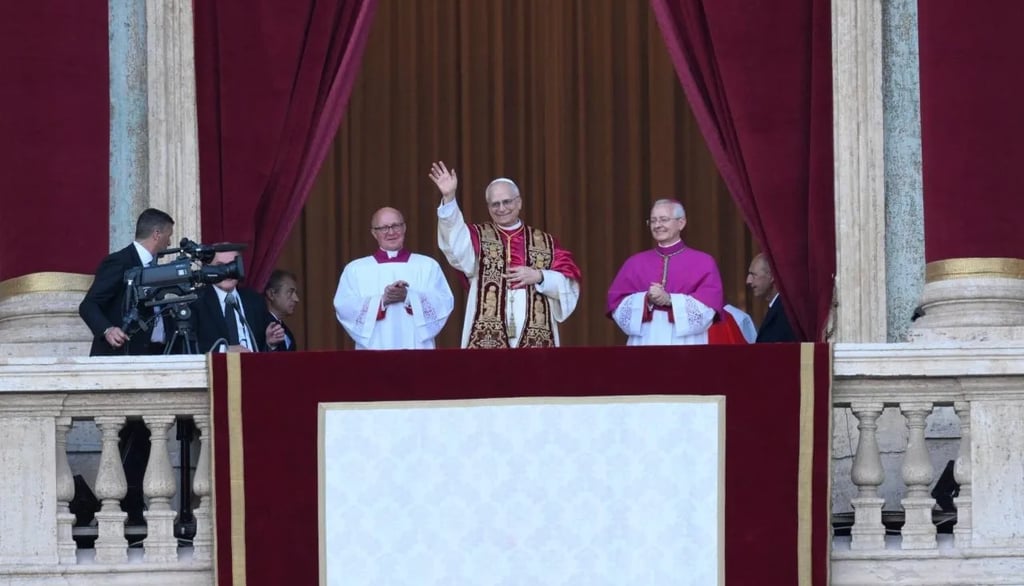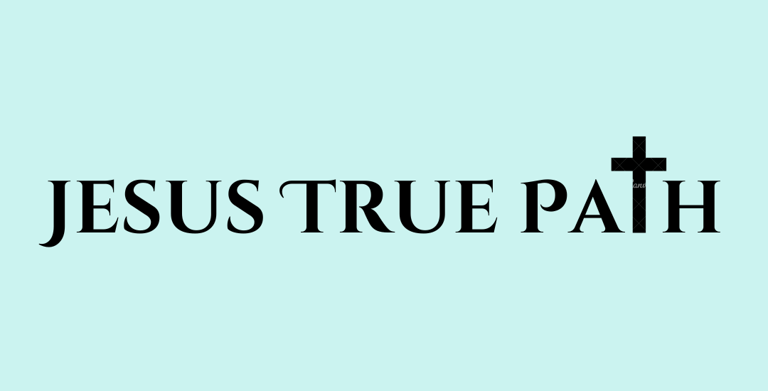The History of Relations Between the United States and the Vatican: The Foundation for the New Papacy
Explore the fascinating history of relations between the United States and the Vatican, from early skepticism to formal ties, and its significance for the first American Pope, Leo XIV.


The election of Pope Leo XIV, the first American Pontiff, marks a significant moment. While much focus will rightly be on his personal journey and potential future directions for the Catholic Church, understanding the historical relationship between the United States and the Holy See provides a crucial, often overlooked context for this new papacy. This history, marked by periods of skepticism, growing diplomatic ties, and shared values, lays a fascinating foundation upon which Pope Leo XIV will now build.
Early Skepticism and the Separation of Church and State:
The early days of the United States were characterized by a strong emphasis on the separation of church and state, a principle enshrined in the Constitution. This foundational belief often led to a degree of wariness towards any formal relationship with the Vatican, seen by some as a powerful foreign entity with potential political influence. While American Catholics were present from the nation's inception, the prevailing sentiment favored keeping religious institutions distinct from governmental affairs. This initial distance meant that formal diplomatic ties between the US and the Vatican were slow to develop.
Unofficial Channels and Growing Engagement:
Despite the lack of formal diplomatic relations for many years, unofficial channels of communication and engagement existed. American Catholic leaders played increasingly prominent roles in society, and the Vatican recognized the growing importance of the Catholic population within the United States. Throughout the 19th and early 20th centuries, various envoys and representatives facilitated communication on specific issues, even without official diplomatic status. This period saw a gradual warming of relations as the perception of the Vatican within American society evolved.
World Wars and Shifting Dynamics:
The two World Wars played a significant role in shifting the dynamics between the United States and the Vatican. The shared humanitarian concerns and the Vatican's efforts towards peace and alleviating suffering resonated with many Americans. President Franklin D. Roosevelt established a personal envoy to the Vatican during World War II, recognizing the Holy See's moral authority and its potential role in post-war peace efforts. While this was initially intended as a temporary measure, it laid the groundwork for a more formal relationship.
Formal Diplomatic Relations: A Landmark Decision:
It wasn't until 1984, under President Ronald Reagan, that the United States and the Holy See officially established full diplomatic relations. This landmark decision recognized the Vatican's unique status as a sovereign entity and its significant global influence. The establishment of embassies in Washington D.C. and Vatican City formalized a relationship that had been evolving for centuries. This move reflected a growing understanding of shared values in areas such as human rights, peace, and international development.
Shared Values and Areas of Cooperation:
Since the establishment of formal ties, the United States and the Vatican have found common ground on numerous global issues. Both have consistently advocated for religious freedom, human dignity, and the peaceful resolution of conflicts. They have often collaborated on humanitarian initiatives and share concerns regarding poverty, social justice, and environmental stewardship. This alignment of values has fostered a strong and productive relationship over the past few decades.
The Foundation for Pope Leo XIV's Papacy:
Now, with the election of Pope Leo XIV, the first American to lead the Catholic Church, this historical context takes on a new layer of significance. His understanding of American society, its political nuances, and its relationship with the Vatican will be deeply informed by this history. He steps into a role where the US and the Holy See have established strong diplomatic ties and share common goals on many fronts.
However, his American perspective might also bring new nuances to this relationship. He will navigate the complexities of being the leader of a global Church while also understanding the specific challenges and opportunities facing the Catholic community within the United States. His familiarity with the American emphasis on the separation of church and state, for example, could influence his approach to similar issues in other parts of the world.
Conclusion: Building on a Complex History:
The relationship between the United States and the Vatican has been a journey marked by initial caution, gradual engagement, and ultimately, the establishment of strong diplomatic ties based on shared values. Pope Leo XIV's papacy will undoubtedly be shaped by his faith and his global responsibilities. However, understanding this historical context provides a vital framework for appreciating the unique position he holds as the first American Pope, building upon a complex yet increasingly collaborative foundation between his homeland and the Holy See.
Frequently asked questions
What is the main point of the blog post?
The blog post explains the historical relationship between the US and the Vatican and its importance for understanding Pope Leo XIV's papacy.
Were the early relations between the US and the Vatican strong?
No, early relations were marked by skepticism due to the US emphasis on the separation of church and state.
What are some shared values between the US and the Vatican?
Both have often advocated for religious freedom, human dignity, and the peaceful resolution of conflicts.
What factors led to a warming of relations between the two?
The growing Catholic population in the US and shared humanitarian concerns during the World Wars played significant roles.
How might this history influence Pope Leo XIV's papacy?
His understanding of this history will inform his approach to the relationship and his role as the first American Pope.
When did the US and the Vatican establish formal diplomatic ties?
The United States and the Holy See officially established full diplomatic relations in 1984
